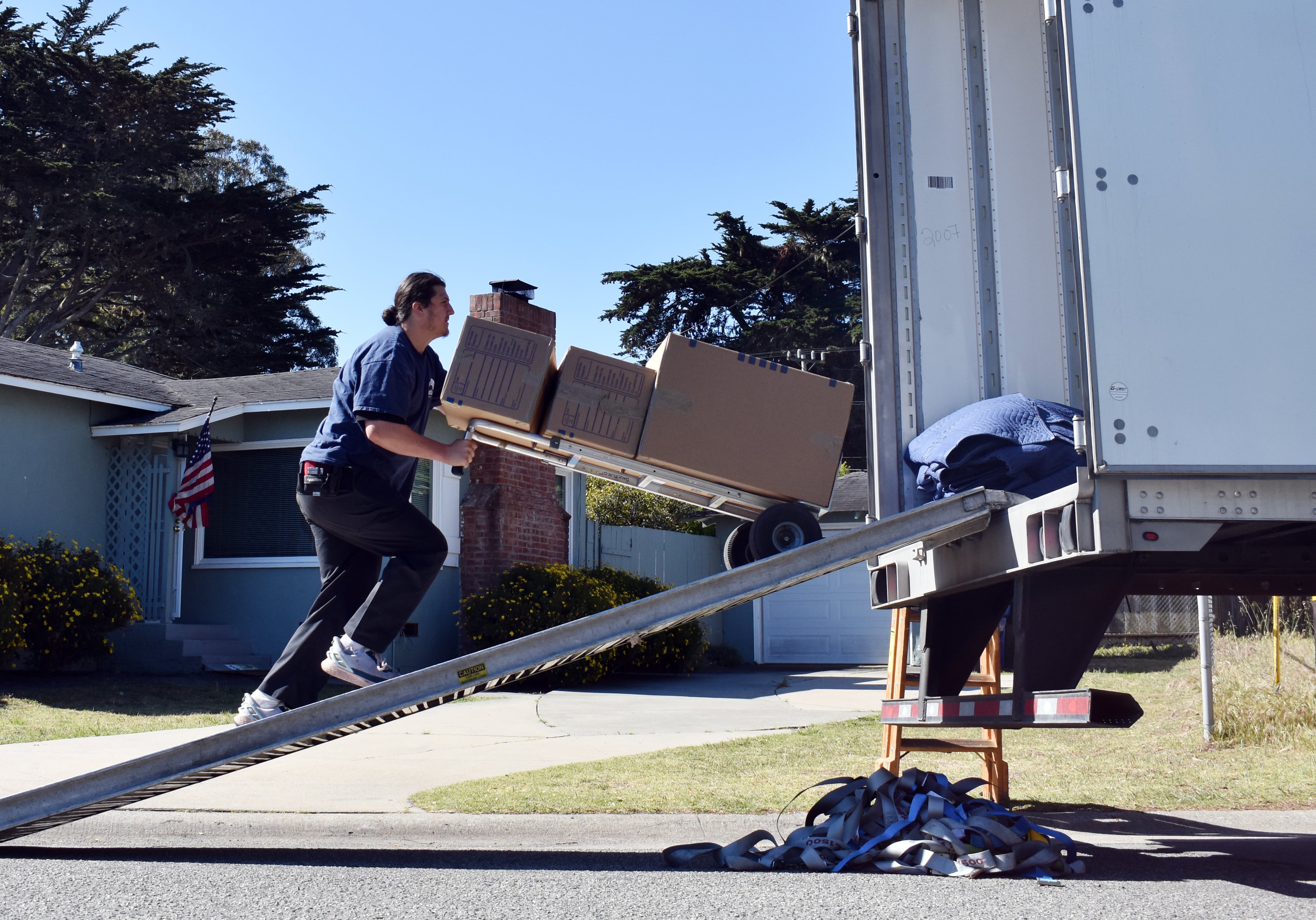LVIV, UKRAINE - Ihor Tokarivsky runs a successful business erecting mobile telephone towers across Ukraine. His company manufactures the steel parts for the towers at a factory in Lviv, assembles them on site and then mount the electronic components.
But with 300 Belarussian tanks parked at the border 110 km to the north, Tokarivsky, 35, repurposed his production facilities this week to build tank traps and devices to shred the thick tires of military vehicles.
RELATED

He’s one of the scores of residents assembled in Lviv’s picturesque old town square devising imaginative ways to defend their city. Some made camouflage nets for the military while others manufactured hundreds of Molotov cocktails.
Experts in urban warfare such as the John Spencer, a retired Army major, have been sharing urban tactical knowledge online and in interviews with tips on how to protect their towns. This includes parking buses in main roads and breaking off the keys in the ignition to removing batteries from cars to immobilize them. All of it is aimed at slowing the Russian advance. Urban defense and insurgency ingenuity has few boundaries.
Now, Ukrainian civilians pressed into this fight are using what they have on hand and getting creative as they go.

Tokarivsky said that when Russian President Vladimir Putin’s invasion of Ukraine started last week he immediately dispatched his wife and two year old son to safety across the Polish border some 60 miles away.
In the meantime, Tokarivsky decided the most useful thing he could do was to take the tools at his facilities to build devices to impede Russia’s military vehicles.
“Although many people refused to believe that Putin would really attack, I was fairly certain he would,” he said. “I worked in Moscow for a couple of years and saw the twisted way they thought about Ukraine.”
Since then, a group of seven employees and 10 other volunteers from neighboring businesses have manufactured more than 50 tank trap obstacles. The objects weigh about 400 kilograms each by welding steel girders into structures that hook and lift armored vehicles that drive into them. Tokarivsky said the devices not only immobilize the vehicles but and make the vehicles’ underbellies more vulnerable to anti-tank weapons.
The group is also turning out smaller devices they call “hedgehogs” made of two lengths of construction-strength steel reinforcing rods that have been bent and welded together with all four ends sliced into sharp spikes. Tokarivsky explained that whichever way the hedgehog lands on the ground it always presents spikes that will puncture even the heaviest tires used by military vehicles.
By Tuesday evening they had purchased enough steel to make more than 11,000 of the weapon. Each one takes about 10 minutes.
“Of course I am ready to fight against the enemy if they come here,” he said. “But I wondered if there was something more I could do than just pick up a gun. I raised we had the tools to make items that would help our military. "
Another man welded bars that were first cut by two of his colleagues, then bent into shape by a powerful hydraulic tool. “Everyone in Lviv is trying to do something to defend our country against this invasion,” he said.
RELATED

Tokarivsky said “hundreds, maybe thousands” of other small and medium businesses in Lviv and other towns all over Ukraine had rapidly transformed themselves to produce items helping in the country’s defense.
Much of Tokarivsky’s production is dispatched to Kyiv and other cities under Russian attack. Volunteers from Lviv have daily been driving vans and trucks loaded with “hedgehogs,” medicines, food, stretchers, tents, communications equipment and other supplies to the embattled capital. At another part of the industrial park a team of five men turned empty beer bottles into Molotov cocktails, an improvised gasoline bomb.
Tokarivsky said that Lviv’s oldest and best know “Lvivske” brewery, had offered 1,000 bottles for the task. “The bottles were already filled with beer and we had to tip 500 liters of that great stuff down the drains. That was heartbreaking!” Now, the bottles have been filled with petrol and chunks of polystyrene that had been soaked in a solvent. Ripped up sheets were stuffed into the bottles acted as fuses. Then crates of the assembled cocktails were then driven to selected locations throughout the city.
“I’m sort of in the communications industry, building the mobile phone towers,” and pointing to the bottles with their Lvivske labels, “and this is our collective message in a bottle to Putin.”
At the city’s picturesque, old market square, dozens of men and women worked turning hundreds of square yards of fishing-style net into camouflage for the Ukrainian military to conceal battlefield positions, buildings, tents and vehicles by tying in strips of different-colored material. Their work was interrupted by air raid sirens going off around the city and the volunteers sheltered some of the basements beneath each of the venerable old buildings fringing the square. But about 20 minutes after the all-clear sounded, people quickly returned to work.
One of them, a 20-year-old student, said: “We’ve been preparing for the worst for weeks. I’ve taken a first aid course and another to learn how to use firearms. We trained with pistols, rifles and Kalashnikov machine guns. But right now this is the most useful thing I can do.
Military Times editor-at-large Todd South contributed to this report.





